Thank God this post did not reach the winters ..otherwise it would have been ‘Shivering Bumbissss”
Heritage conservator Balwinder Singh once quizzed me –‘What is Chaali Khoo?’-‘Forty wells!’ I answered. ‘What is Chaati khoo?’ I twinkled, smiled, knowing it had a catch, ‘You Say?’ –‘It is ‘a’ well with a ‘chaat’(roof)!’ , he laughed. ‘What is Bambe Walla Khoo?’ –‘This has to do with robust Male gender of ‘Bumbi’-I replied. As the day’s banter on Heritage buildings and stories of yore connected to Amritsar saw a free flow,
I was reminded of a beautiful post ‘Bumbi Days! , written by Vivek Mehra. …………….
“BUMBI” DAYS !……………..By VIVEK MEHRA
When ever I meet my cousins, these days, whether electronically or physically, the conversation invariably veers to our ‘Bumbi’ days, sooner or later, and more so if they are a few drinks down. The truth however is, that be it guys or dolls, all of them are hopelessly nostalgic about those days.
They post sepia tinged ‘Bumbi’ pictures on face book and get a lot of ‘wows’ from our kin, now spread all over the world. They love to take, an almost vicarious pleasure, as they recount, with a child like delight, countless stories about those days; much to the utter mystification of their kids and spouses. These relations came much after the ‘Bumbi’ days were over, so they wonder, with justification, “What the hell is this Bumbi?”
Any body who knows Punjabi language would tell you that a ‘Bumbi’ is a Punjabi name for a tube well. You would find one in every farm in rural Punjab, gushing out a thick stream of pristine, crystal clear, silvery water from its gaping mouth.
Our Bumbi was different!
Yes, it too was a tube well and yes, it too was located in a huge agricultural farm, but that is where the similarity ends.
Back in the 1970’s it was a heaven, a paradise on earth.
First, it gave its huge stream of fresh water not to the fields but into a good sized swimming pool, that was our very own! But it was even more than that. Much more.
Back then, it meant a place where more than a score cousins, uncles and aunts spent their summer holidays, together without any of the petty, selfish, jealousies that plague us today. They traveled from all over India to be there. Every year, they preferred Amritsar to any hill station or any other holiday destination.
From Nagpur , Delhi, Bombay (yes not Mumbai) Moradabad, Kanpur . As each group unboarded from their train, the buzz was always, “Man! I am going to the Bumbi tomorrow morning. And every day after, for the next month and a half!”
‘Bumbi’ was Joy with a capital J. Pure and unadulterated. It was unlimited fun without the aid of a single gizmo of today, be it a television or a mobile or an iPad or what ever. It was youth as youth should be, without a care in the world.
The school bags along with their burdens were thrust aside, forever, after the usual inquires “How did you fare?” “Well I flunked Marathi even after the exam paper was leaked to me!” “Shucks! Same here yaar, with me, for Math!” and that was the end of such boring conversations for the next six weeks or so at least.
During the early day time, Bumbi was the ultimate all males only club. Outsiders were also welcome to come and enjoy their mornings there. The family’s ladies were allowed only in the afternoons after the outsiders had left the place and the gates were closed.
For the boys, Bumbi meant getting up early in the morning and drinking piping, hot milk, from the udders of our own cows, duly supervised by a strict aunt who ensured that every one finished his tall, steel glass. A future doctor to bew, would however, usually hoodwink her, and surreptitiously pour his share into the glass of any cousin who was not looking.The dirty dozen or so would then stuff themselves into an Ambassador and off they
would go, yelling and jostling and happy, all of them in one car , piled on top of each other. Talk about public transport!
Bumbi meant an effeminate ‘Gawala’ (Cowhand) and his grossly overweight wife who were care takers of the place. The kids would love to tease him and whoop in delight as he chased them.
Bumbi meant applying a lot of mustard oil to your bodies and wrestling in the mud ‘Akhara.’ It also meant Channi, a rather dimwitted sardar, who worked on his immensely muscular body all day, but never a minute on his brains. The rowdy crowd loved to rag him as he showed them his ‘body.’
Bumbi meant a “Dilruba Dilli Wali’ a male cousin, so fair of skin, that a mere touch would leave angry red marks on it. It also meant being treated to a cabaret dance by another cousin, full adorned in flowing skirts. I dare say he got more cat calls and wolf whistles then any ‘Munni’ or ‘Sheela.’
Bumbi meant bathing all day in that lovely pool of cool water, shaded by huge trees. It meant planning to dunk the girls in it when they were allowed to join us and hear them shriek in fear. It meant laughter unlimited. It also meant an infinite number of mangoes and pakoras and rich Amritsari food in pure desi ghee, when the aunts too joined us. I am sure no one had heard of diabetes, BP and obesity back then.
It meant raiding the cupboard of our grand dad and finishing off all his eatables in one go, only to find it fully replenished the next days and never ever being ticked off for it. It meant being given hundred rupee notes to spend at the local cinemas and eateries almost everyday. It meant being told at a cinema booking window, that they could not sell two dozen tickets to a single buyer as he would ‘black’ them. It meant that the ticket vendor was shown all the two dozen lined up in their best finery, eagerly awaiting the show to start.
It meant crying at the railway platforms as each group went back, promising to come back next year. It meant awaiting all year for the summer holidays to bring them back. Do you still wonder, what the hell is “Bumbi ?”



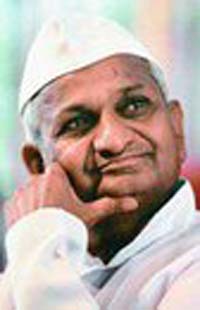



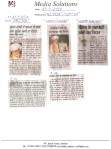
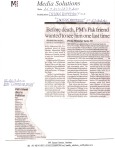





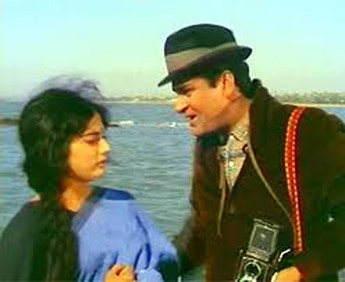

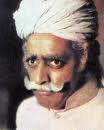
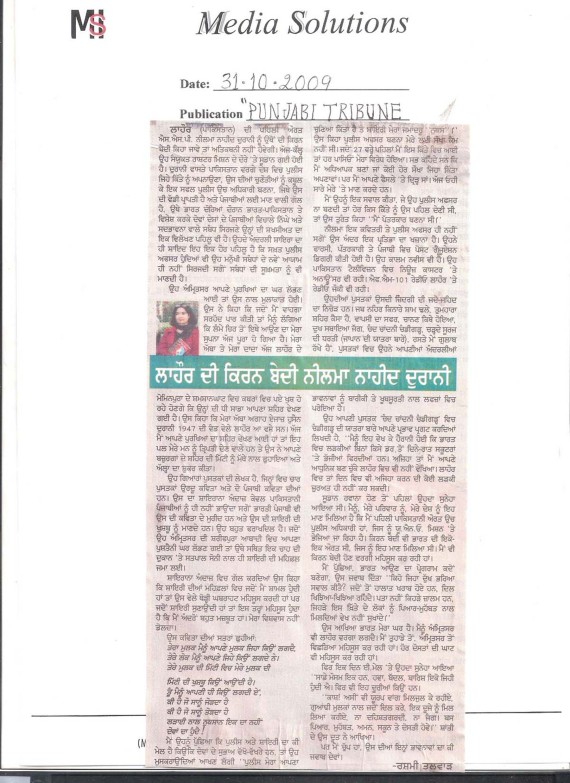











Recent Comments